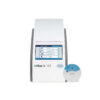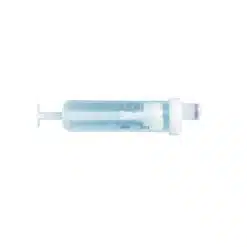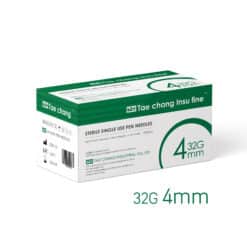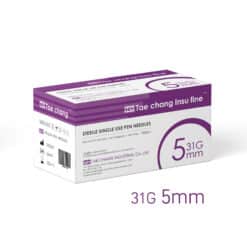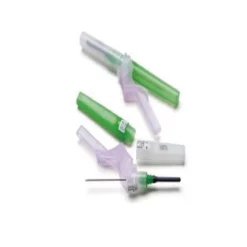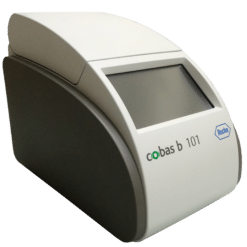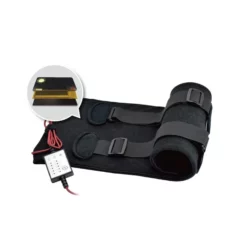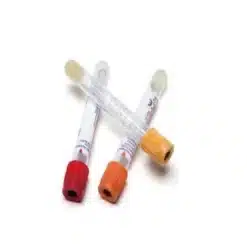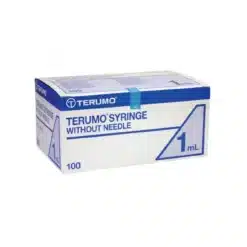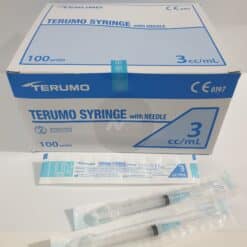Point-of-care HbA1c testing with cobas® b 101
Aid in diagnosis and monitoring of individuals with diabetes
The cobas b 101 HbA1c test from Roche is used with the matching cobas b 101 analyzer as an aid for the diagnosis and long-term monitoring of diabetes. The test provides reliable measurement results of the HbA1c value over a wide measurement range. Thanks to the fast and accurate results, the test is ideallysuited for use in the practice, clinic and laboratory.
Important Notice: For healthcare professionals only.
The test may only be performed and interpreted by a physician or a person authorized by a physician. Medical laypersons may use and interpret the test incorrectly.
Importance of point-of-care (POC) HbA1c testing
Measurement of HbA1c is used to diagnose diabetes and prediabetes in at risk patients and to monitor patients with diabetes.2
 |
Diabetes is among the top ten leading causes of death globally.1 |
|---|---|
 |
In 2021, an estimated 6.7 million individuals died due to diabetes and its complications.1 |
 |
Half of all adults with diabetes are undiagnosed.1 |
|---|
-
- For determination of HbA1c level in blood
- Aids in the diagnosis of diabetes and long-term blood glucose monitoring
- High working safety thanks to application of the sample directly onto the disc
- For use with the Roche cobas b 101 system
- Sample material: capillary and venous whole blood
- Sample volume: 2 μL
- Measuring time: ≤ 6 minutes
- Sample stability: 1 minute
- Measuring range:
- IFCC: 20 – 130 mmol/mol
- DCCT/NSGP: 4 – 14 %
cobas® HbA1c test
cobas® HbA1c test is used in POC or clinical laboratory settings, to determine the % hemoglobin A1c (DCCT/NGSP) and mmol/mol hemoglobin A1c (IFCC), to estimate the average glucose level (eAG).3
 |
2 μL Fresh capillary blood3 (K2 or K3-EDTA venous whole blood) |
|---|---|
 |
Direct application from single finger prick3 |
 |
Shelf life 22 months at room temperature3 |
|---|---|
 |
Dual testing with Lipids available – results in < 15 minutes3 |
Key benefits of cobas® b 101
- Easy and safe handling of samples and test discs
- connectivity and data management
- User-friendly, robust and service-free
- Confirmed performance with full compliance to guidelines*
References
1. International Diabetes Federation. (2021). Diabetes Atlas (10th Edition).
2. Rhea, J.M., Molinaro, R. (2014). Pathology consultation on HbA(1c) methods and interferences. Am J Clin Pathol 141, 5–16.
3. Roche Diagnostics International Ltd. cobas HbA1c Test Method Sheet Version 2.0
4. Commission. European Union. (2016). Certification of the Amount-of-Substance Fraction of HbA1c versus the Sum of HbA0 and HbA1c in Haemoglobin: ERM-AD500/IFCC.



 English
English Bahasa Melayu
Bahasa Melayu Bahasa Indonesia
Bahasa Indonesia Tiếng Việt
Tiếng Việt ไทย
ไทย

